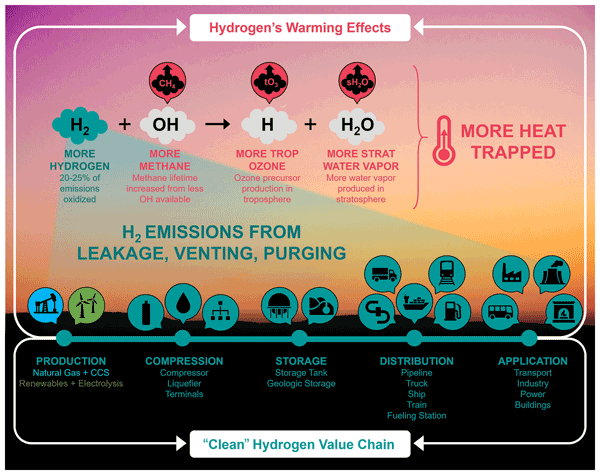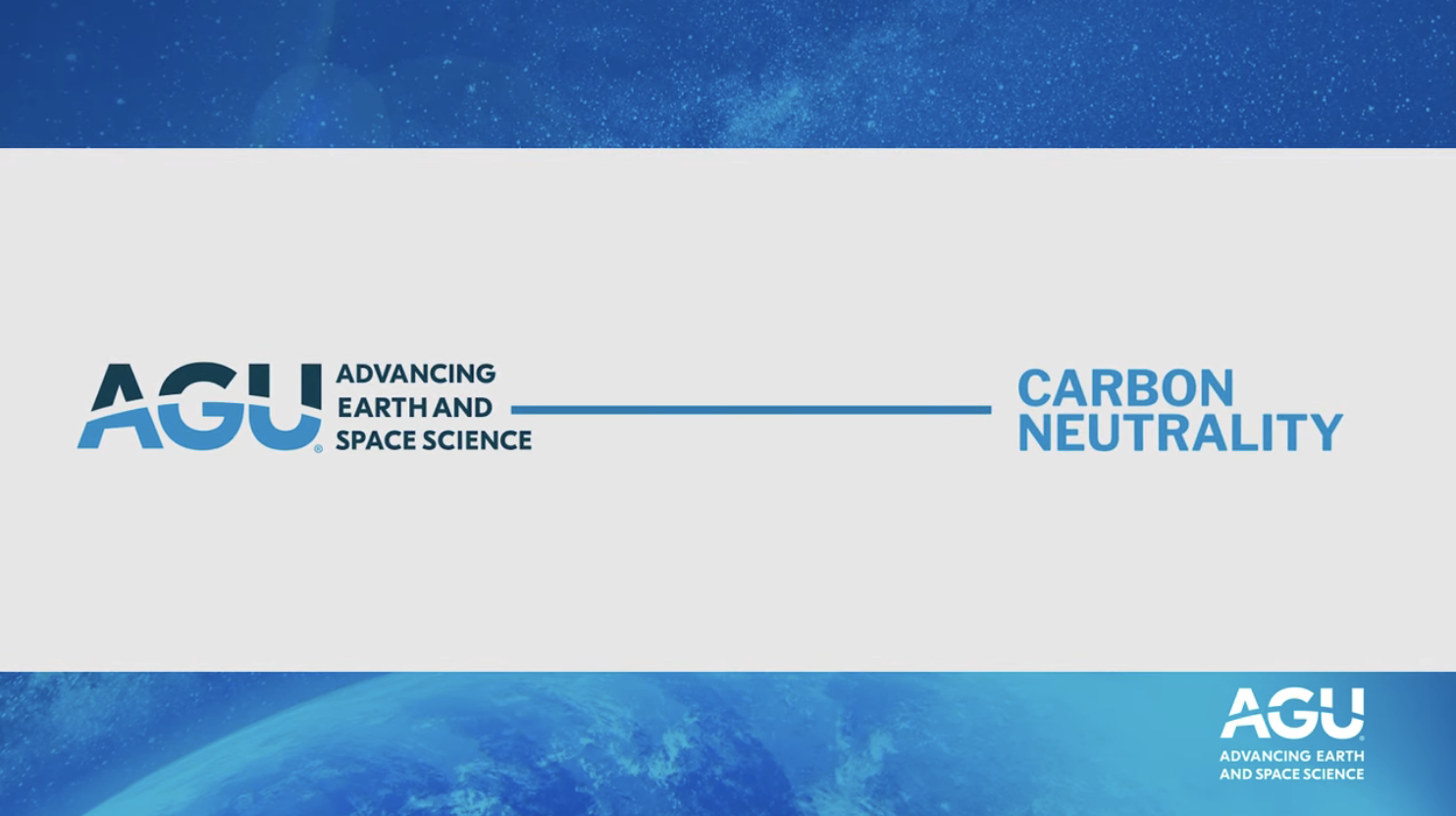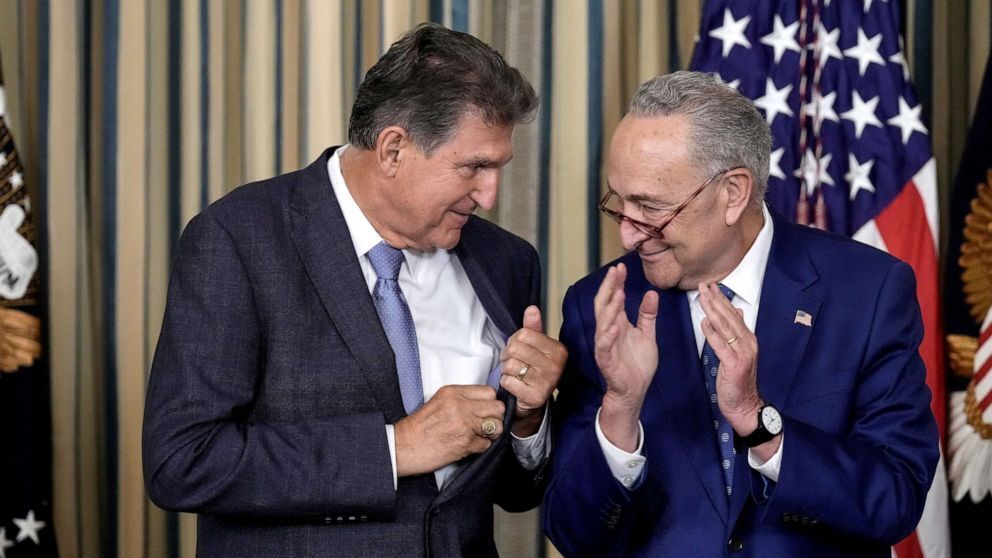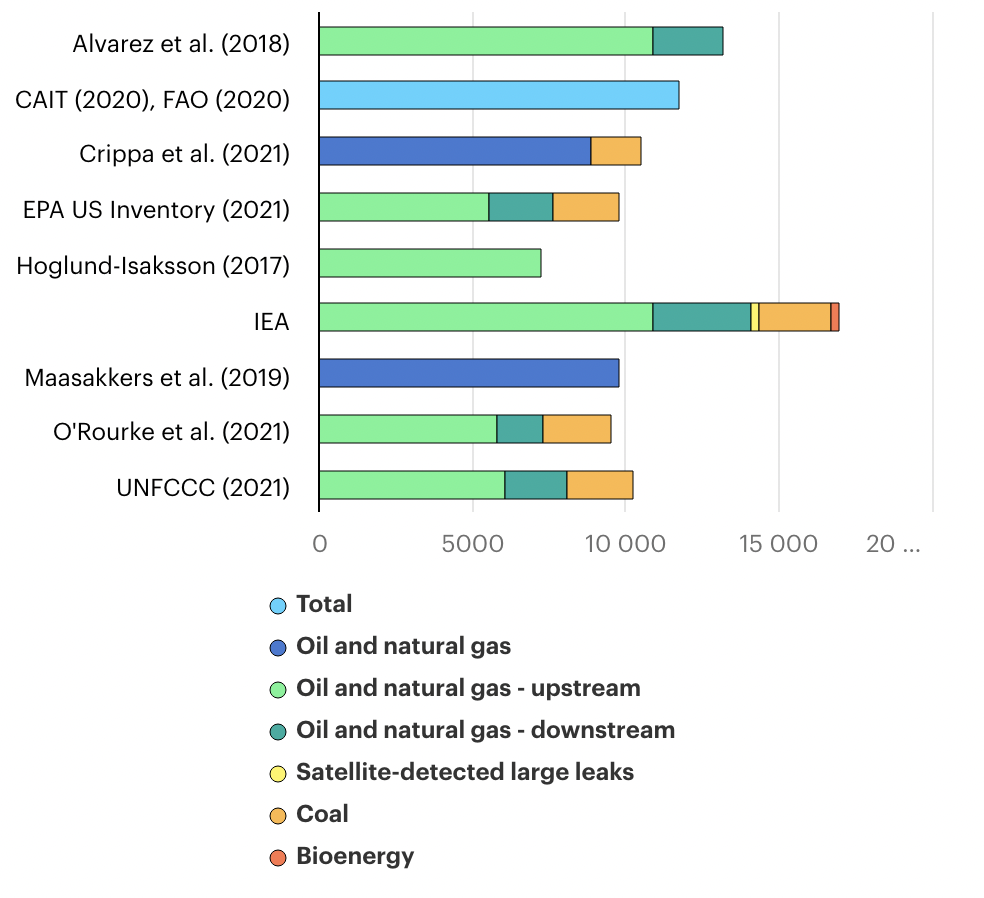“People were expensive; the way to display, or to enjoy, great wealth
was to build an environment that could only have been wrought, and could
only be sustained from one hour to the next, by unceasing human
effort.” — Neal Stephenson, Termination Shock
 One of my
favorite techniques in science fiction is taking pop-culture jokes
seriously, expanding upon their ramifications with character, setting
and story. Bruce Sterling’s 1998 gem Distraction opens with members of
a local Air Force base holding a shake-down bake
sale.
One of my
favorite techniques in science fiction is taking pop-culture jokes
seriously, expanding upon their ramifications with character, setting
and story. Bruce Sterling’s 1998 gem Distraction opens with members of
a local Air Force base holding a shake-down bake
sale.
Neal Stephenson’s 2021 stratospheric-geoengineering treatise
Termination Shock launches with an attack by “30-50 feral hogs,”
inspired by a tweet that launched a memetic
debate over whether
and how much the threat of backyard feral hogs are “legit” or
ridiculous.
Stephenson convincingly demonstrates that the feral hogs overrunning
Texas
are a demonic scourge, in an extended opening sequence in which the
hereditary queen of the Netherlands, Frederika Mathilde Louisa Saskia,
barely survives a plane crash caused by a roving herd.
The herd is led by a Moby-Dick-esque beast known as Snout, who killed
the young daughter of one of the other main protagonists, Rufus “Red”
Grant, in his yard in rural Texas. Having tracked Snout’s herd for
years, Grant saves the queen and kills his nemesis. He then helps her
make her rendezvous with the cornpone oil billionaire T.R. “McHooligan”
Schmidt, who has begun secretly launching sulfur rockets into the
stratosphere to dim the sun. This rogue effort is a cheap way to
simulate the effects of nuclear
winter
enough to counteract the deadly buildup of greenhouse pollution, as long
as the rockets keep going.
If that sounds like an enjoyable start to a novel, then you probably
have read other books by Stephenson. Unfortunately, it’s by far the most
dynamic sequence of the book. The beginning thrill ride is pretty much a
headfake, as the book switches erratically to its main topic of
geoengineering and becomes, even by Stephenson’s standards, boring and
talky.3
The vast majority of the rest of the 720-page tome offers an extremely
good sense of what it would be like to hang out with techno-billionaires
like Nathan Myhrvold and Jeff Bezos, offering several practical tips on
how to stay on their good side (he’s worked for both).
In interviews, Stephenson has said that Termination Shock is meant to
describe “the geopolitical
reaction”
to global warming and the potential decision to engage in
geoengineering. His goal was to have “realistic
characters
having realistic arguments” about geoengineering, in order to “make it a
topic of
conversation.”
I do think this is a helpful entry in spurring that needed conversation.
But on its own, the book is less a serious investigation of the
geopolitical ramifications of geoengineering than a monologue from a
globe-trotting techno-enthusiast. I do wish his characters had any real
psychological differences. It’s great to be reminded that gender, race,
and wealth are irrelevant to whether you are a reliable,
hyper-competent, semi-horny techno-enthusiast MacGyver, but it’s
genuinely difficult to tell the characters apart when they’re talking.
So while it goes into remarkable detail on the mechanisms of the
sulfur-launcher and the Netherlands’ movable seawalls, Shock’s political
analysis doesn’t go much deeper than: it’s hard to cut carbon pollution,
Greens don’t want us to do anything, geoengineering might benefit some
regions and might harm others.
For example: by necessity of making the rogue billionaire geoengineer
something of a good-guy protagonist, Termination Shock is blithely
optimistic about the reliability of climate-model
downscaling of
the impacts of stratospheric sulfur injection. There’s the repeated
implication that there would be clear regional winners and losers, as
opposed to new and different forms of anthropogenic climate chaos.
As a novel, Termination Shock—whose truly global
scope may be its strongest attraction— feels a
bit too much like a collection of magazine-length travelogues; the
stitching still shows. That said, the up-to-the-minute references to
COVID and QAnon and the January 6 insurrection
imply that awkwardness may be deliberate. Stephenson is okay with
breaking the fourth wall, reminding the reader that the novel’s
characters don’t exist but that the real world very much does. Set
vaguely in the future, Shock is fundamentally a 700-page essay of
Stephenson’s opinions at and about the moment of writing (June 2021).
As explicitly-of-the-moment climate-politics tracts go, I greatly
preferred Swedish author Andreas Malm’s Corona, Climate, Chronic
Emergency, written and published a year earlier. It too has great cover
art, punchy writing, and covers our global climate politics with greater
insight and depth in less than a third as many pages.
However, I enjoyed Termination Shock much more than Kim Stanley
Robinson’s Ministry for the Future, a 560-page assemblage which has
been heralded as a serious work of climate fiction. I won’t go into my
feelings about Ministry here (if you’re deeply interested, here’s a
thread),
but one element of comparison is worth raising. Robinson has India do
stratospheric sulfur injection without sparking World War
III, whereas Stephenson has the U.S.
(technically, a rogue American) do it. So, I guess they’re both
optimists. Unlike Ministry, though, Shock doesn’t even try to imagine
turning off the fossil-fuel spigot.
So far, of the three white western-American-male climate SF novels I’ve
read recently —Termination Shock, Ministry for the Future, and Paolo
Bacigalupi’s Water Knife, written in 2016—I feel that only Water Knife
fully worked as a novel and an analysis of politics and society under
global warming.
Some of that may simply be because Bacigalupi didn’t make technocrats,
royalty, or billionaires his protagonists. They certainly exist in his
narrative and shape it, but their stories are, in the end, kind of
boring. Like Ministry and Shock, Water Knife begins with
heart-stopping action, but then doesn’t let up. It’s a much more
harrowing read, but I think it would be a mistake to think of it as
dystopic and the others as optimistic—they’re stories focusing at
different moments of different people’s lives on one functionally
equivalent near-future hothouse Earth.
I’ve been an admirer and enthusiast of Stephenson since reading Snow
Crash when it came out in 1992. It was a particular delight to discover
his earlier books, The Big U and Zodiac, were thinly fictionalized
depictions of his and his friends’ adventures in my hometown of Boston.
He was literally one of those cool weird environmentalist techno-geeks I
admired as a teenager.
Termination Shock has been
described
as Stephenson’s first global-warming book, but Zodiac was a roman Ã
clef about a Greenpeace activist, Snow
Crash depicts hordes of climate refugees swarming a newly temperate
Alaska,
Diamond Age a post-21st-century-World-War-III global society,
Seveneves the apocalypse. So it would be better to say this is the
first time Stephenson’s work has been branded as climate fiction.
The books also track Stephenson’s progress in society, from the scrappy
dirtbag protagonists of the Big U, Zodiac, and Snow Crash to the
scrappy dirtbags, billionaires, and queens of Reamde, Fall, and
Termination Shock. He writes what he knows!
It is fun to read T.R. Schmidt’s plot-driving actions, magpie
personality, and love for explanatory bloviation as a stand-in for the
author as he constructed this novel. This, for example, could be
authorial self-description: “T.R. was the living embodiment of what was
now denoted ADHD. He went off on tangents, a
small percentage of which made money.”
The tangent-prone Stephenson really can write action sequences! And
depictions of complex machinery! He and his characters have a great
sense of humor and a deep appreciation for cool. And every so often he
turns out a gem of a sentence like this:
“It was one of those insane statistics about the scale of America that
had once made the United States seem like an omnipotent hyperpower and
now made it seem like a beached whale.”
To return this to where I started: Termination Shock shares a good
amount of plot geography with Sterling’s Distraction, which also
primarily takes place in the fetid Texas-Louisiana zone of a
broken-empire America and gives the Netherlands a starring role in weird
war. I believe that the quarter-century-old Distraction is still one
of the strongest climate-politics SF novels extant, and re-read it about
once a year. Each sentence crackles, the ideas come fast and furious,
the politics are meaningful, the characters compelling, the plot tight
and satisfying. I’d love to read more like that.
 The Biden administration is spending
billions
on the National Clean Hydrogen Strategy, even recently celebrating
Hydrogen
Day
on October 8 (because hydrogen’s atomic weight is 1.008) to “mark a
symbolic opportunity to celebrate hydrogen—clean hydrogen,
specifically—and the crucial role this element plays in supporting a
robust, equitable clean energy future for all Americans.”
The Biden administration is spending
billions
on the National Clean Hydrogen Strategy, even recently celebrating
Hydrogen
Day
on October 8 (because hydrogen’s atomic weight is 1.008) to “mark a
symbolic opportunity to celebrate hydrogen—clean hydrogen,
specifically—and the crucial role this element plays in supporting a
robust, equitable clean energy future for all Americans.”


 In a press
briefing on Thursday, White House press secretary Karine Jean-Pierre
In a press
briefing on Thursday, White House press secretary Karine Jean-Pierre
 Atmospheric
methane continues to rocket up at record rates,
Atmospheric
methane continues to rocket up at record rates,

 One of my
favorite techniques in science fiction is taking pop-culture jokes
seriously, expanding upon their ramifications with character, setting
and story. Bruce Sterling’s 1998 gem Distraction opens with members of
a
One of my
favorite techniques in science fiction is taking pop-culture jokes
seriously, expanding upon their ramifications with character, setting
and story. Bruce Sterling’s 1998 gem Distraction opens with members of
a  Buried within the
National Defense Authorization Act (NDAA) for Fiscal Year 2022 (
Buried within the
National Defense Authorization Act (NDAA) for Fiscal Year 2022 (